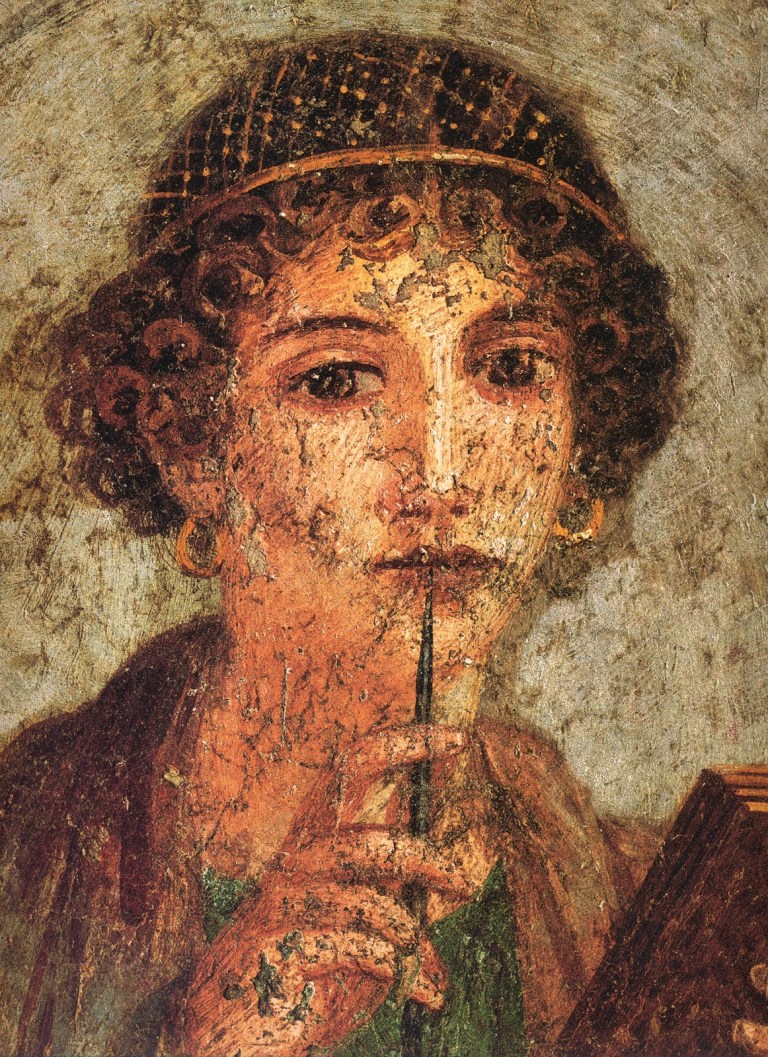PAINTING
Roman homes were decorated with paintings. These paintings were done directly on the walls and these are called frescos. The tecnique consitst on painting on wet plaster. However, most of the paintings were destroyed but the ones on Pompeii were preserved.

Roman painting portrayed everyday life. So the most important characteristic of Roman painting was realism so they represented their daily life which is a way of documenting their way of life. Scenes were framed and had faux finishings such as marble or wood.


Because the Romans appreciated the idea of “realism,” their art closely imitated life. The Romans wanted their art to be useful and to tell future generations about life in the past. This helps to provide us with a clear picture of life in Ancient Rome.
In other cases, painted scenes depicted important Roman battles and other historical events, providing future generations with history lessons. ç

Inside the home, Roman pottery was also used to display works of art. Similar to the walls of the house, the pottery portrayed important people and scenes, celebrating the history of Rome or of a particular family.

MOSAICS
Mosaics were made by using small pieces of glass or stone to make a larger image. These were usually very colorful and were placed on a walls or floors. Mosaic tiles were called tessearae and placed into wet cement. Roman tiles were made or marble, pebbles and other stones.


The main topics depicted in Roman mosaics were scenes of everyday life, specially in villas and domus. However, in public buildings the most common mosaics represented famous people, battles, entertaining scenes or religious scenes.

Mosaics have survived better due to the materials used to make them.
Mosaics-Symmetry-and-Tessellations
